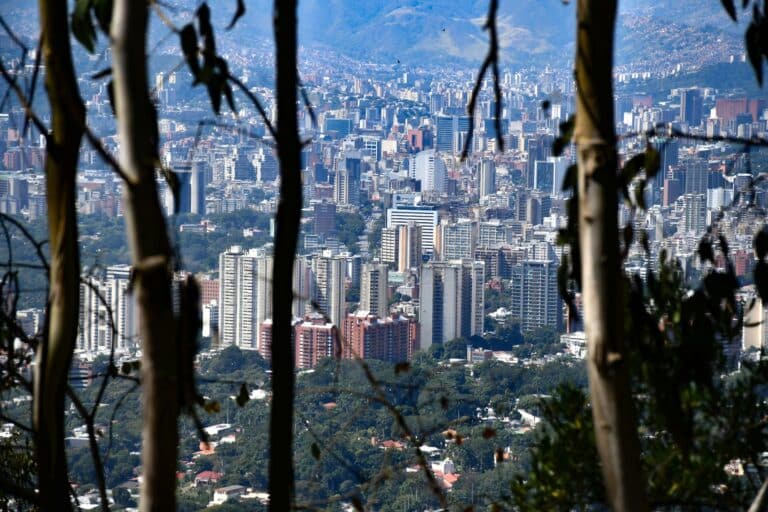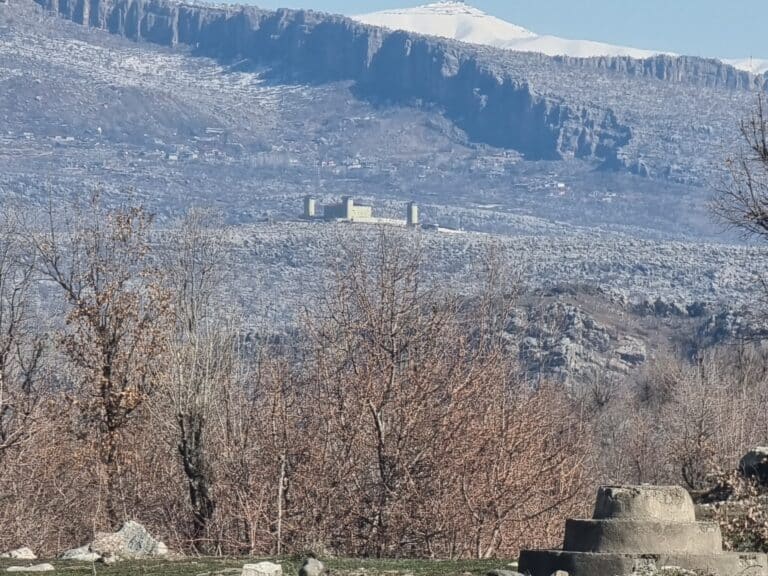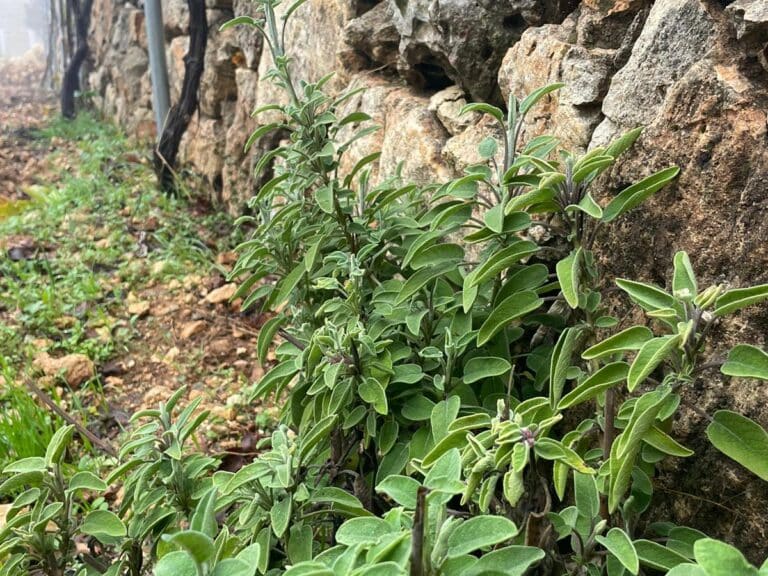I’m Nisreen Azzeh, 48 years old. I’ve been living in Al Khalil since 1994. I moved here with my husband Hashim and since that time we’ve been living in this house.
Our home is located in the neighbourhood of Tel Rumeida. For people who don’t know, this small neighbourhood is close to the old city of Al Khalil and considered by the Israeli Occupation Forces as a restricted area. Additionally, it is located within the Israeli-controlled side of Al-Khalil, known as H-2, according to the Hebron Protocol that the Palestinian Authority and the Israeli government signed in 1997. The Hebron Protocol divided the city of Al Khalil into two areas: H-1, under the Palestinian authority control (80% of the city), and H-2, under Israeli control (20% of the city).
Living in this neighbourhood is not easy. Even though life is difficult for every Palestinian suffering from occupation, I think that our family story is different and has its own exceptional conditions. Since our home next to an Israeli settlement, every day there’s a new challenge more difficult than the one before.
Since the year 2000, which marked the beginning of the Second Intifada Palestinian uprising, things started to change dramatically. We began to see closures against Palestinians, restriction of movement, and to add to that, daily attacks by settlers living next door aiming to make our life impossible. The goal was to force us to leave our home so that they could expand their settlement. Essentially, we live in a big prison where everything is controlled either by settlers who live next door or the Israeli soldiers who are there only to comfort the settlers.
I still remember during the Second Intifada when I was pregnant and started to go into labour during curfew when no one was allowed to leave their homes. Despite the curfew, my husband and I decided to leave the house to head to the hospital, risking our lives in the process.
As soon as we left our home, Israeli settlers followed us and informed the soldiers to stop us from leaving and going to the hospital. Hashim tried to explain and convince the soldiers to allow us to leave on humanitarian grounds. All I remember apart from the pain is that one of the soldiers looked at me and told me to “go back and die at your home. No one is leaving.” We went back home and decided to wait until the soldiers changed their shifts, hoping that maybe then we could leave. We waited for almost two hours and then tried again. We managed to leave and arrive safely at the hospital, where I gave birth to my son Khalid.
These stories are only a small part of our daily life with settlers who live next door. If I want to talk about everything we face here, I will need several days.
Between 2000 and 2003, settlers destroyed the main water pipe that provides our houses with water. We couldn’t fix it due to the curfew orders implemented by the Israeli army. The only way to survive was by using water bottles for daily cooking, cleaning, and household needs. We lived like this for two years until Israeli orders became less restricted after the Second Intifada. Once this happened, we finally managed to fix the water pipes.
After the Second Intifada, it became easier for us to move around the neighbourhood and in Al-Khalil in general. My husband and I started to host international activists, visitors, and tourists in our home. Hashim would organize tours for them in the Old City and surrounding communities to raise awareness about Palestinians living under occupation since this is rarely portrayed in the media. The tours also included sharing the authentic Palestinian culture, food, and music with our guests.
Hashim dedicated his time to this until he passed away in 2015. In September 2015, a new uprising started in Palestine, and Israeli soldiers and settlers began to target Palestinians, especially young people. Many Palestinians were shot and killed by the Israeli army, who claimed Palestinians were trying to attack them. Most of the killings happened in the neighbourhood where we live. The military and the settlers were excessively violent.
On 21 October 2015, Hashim organized a tour for a group of French lawyers in Tel Rumeida. During the tour, Israeli soldiers shot tear gas bombs at Palestinians protesting at the Israeli checkpoint, which serves as the main entrance to the neighbourhood. Hashim suffered from heart issues, so the tear gas started to affect him. When he finished the tour, he returned home with the group for lunch and we all ate together. However, the tear gas smell started to get so strong we had to close all the windows because no one could handle it. The group then left, but Hashim became more and more tired. I called the ambulance, but since we live in a restricted area, the Israeli military does not allow the Palestinian ambulance to enter. Our neighbours and Hashim’s brother decided to carry Hashim to the checkpoint, where the army delayed them and prevented them from leaving. When they allowed them to cross the checkpoint ten minutes later, it was too late. Hashim passed away before they reached the hospital.
Hashim passed away, and the last thing he did was to share the story of Palestinians living under occupation.
The news spread quickly all over Palestine and the world. Hashim’s friends across the globe started to share how they met him and his family. They shared how much they learned from him. It was heartbreaking for us and for everyone who knew Hashim, but at the same time, it was incredible to see how many people from all over the world were supportive during those hard times. But, this wasn’t the case for settlers who lived next door. They started a party as soon as they found out that Hashim had passed away, playing music, distributing candy and congratulating each other that they had “gotten rid of Hashim”.
After Hashim’s funeral, I decided to continue what Hashim started. I was determined that I would not leave our home even after settlers threatened us, saying that we will be next, that they will send us to Hashim soon. Today I live in the same house with my four children Raghad, Younes, Khalid and Hanan. We are not going to leave no matter what happens, despite the difficulties we face daily. My kids know very well that if Hashim were here today, he would be so proud of them because they are still resisting by living here.
Now I’m working with an NGO to raise my family, and I’m also an artist. Since 2000, I’ve been drawing and painting. I like to draw about daily life in Palestine or any issue that’s happening in the country. I love to deliver messages through art.




